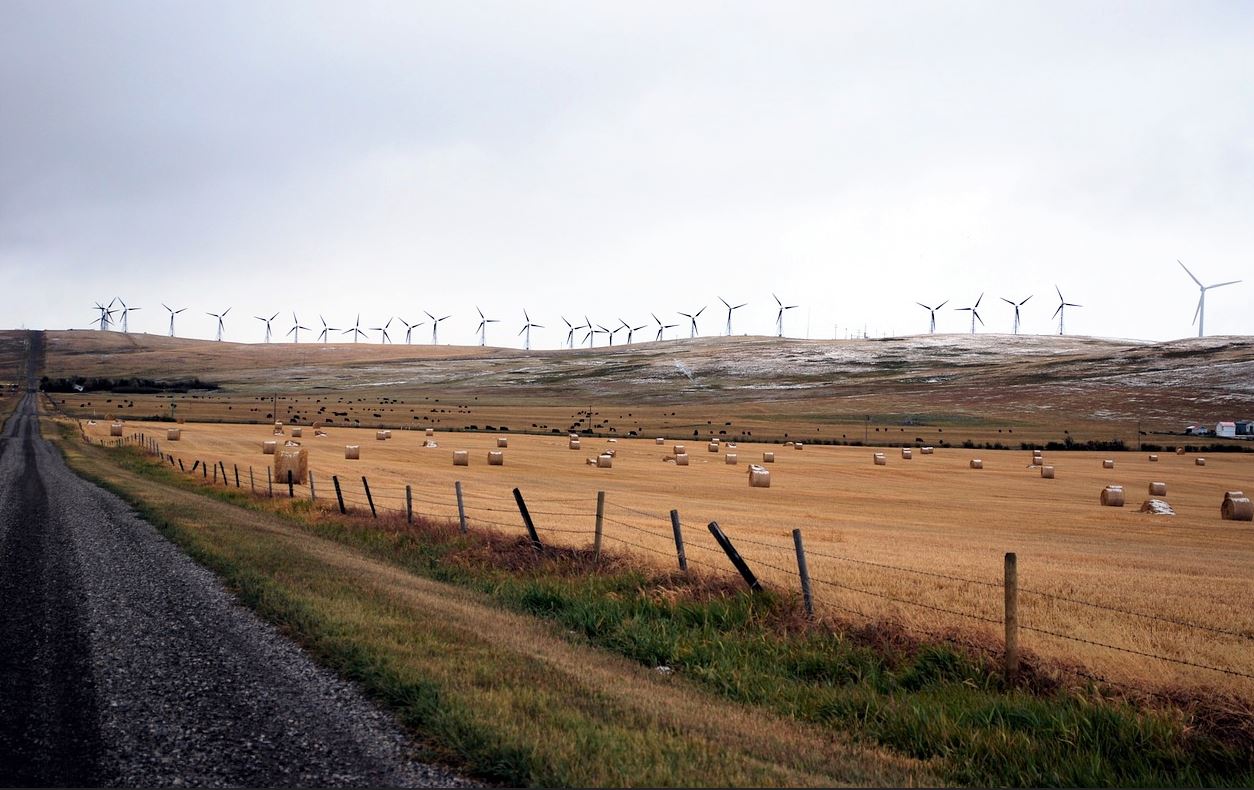
Short exposure to wind farm and road traffic noise triggers a small increase in people waking from their slumber that can fragment their sleep patterns, according to new Flinders University research.
But importantly, the new study also shows that wind farm noise isn’t more disruptive to sleep than road traffic, which was a little more disruptive at the loudest audio level but not at more common levels.
Sleep researchers at Flinders University have studied the impact of exposure to wind farm noise during sleep in three new scientific publications to better understand its impact on Australians.
The study played 20-second wind farm and road traffic noise samples repeatedly during participants sleep using 3 different sound pressure levels to compare their sleep disruption responses between the two different noise types.
On a separate night, the study tested if longer 3-minute noise samples, including very low-frequency wind farm infrasound alone, resulted in sleep disturbance.
The researchers also found that wind farm infrasound at realistic levels was not audible to the human ear during wake and produced no evidence of sleep disruption. These findings were presented at the International conference on Wind Farm Noise in Dublin on June 22, 2023 and are still to be journal peer reviewed.
The project took five years to complete and involved over 460 sleep study nights from 68 participants who each spent seven consecutive nights in the sleep laboratory.
The participants were recruited from four groups, including people living near a wind farm with and without noise related sleep difficulties, a group of residents living near a busy suburban road and people living in quiet rural areas.

“In order to capture the most representative wind farm noise features and levels, we used noise samples from long-term measurements of wind farm noise. These were then reproduced in the sleep laboratory to replicate real-life noises in a much more controlled environment than is possible in field studies, where wind and noise conditions are highly variable. The study included direct sleep measurements using electroencephalography (EEG) as well as hearing tests and a range of daytime listening tests,” says Dr Bastient Lechat, one of several acoustics experts on the research team.

Professor Peter Catcheside, a sleep expert from Flinders University and the chief investigator, says that the findings show that both wind farm noise and road traffic noise disrupt sleep, depending mainly on noise loudness and sleep depth at the time of noise exposure.
“However, at realistic levels, these effects were quite small. We also found no evidence to suggest that wind farm noise is any more disruptive to sleep than road traffic noise. At the highest exposure level, road traffic noise was a little more sleep disruptive than wind farm noise.”
Professor Catcheside says one of the study’s aims was to determine if realistic levels of wind farm infrasound could be heard by study participants during wake or show any sign of EEG recorded brain activity changes when played during sleep.
“Our results align with previous studies and showed that infrasound played at realistic levels was not audible during wakefulness and produced no detectable EEG changes during sleep. Infrasound is therefore unlikely to explain noise complaints from wind farms, suggesting that other low frequency audible rumbling and thumping components deserve more attention towards better understanding wind farm noise effects on sleep.”
Professor Catcheside says that while this study provides strong evidence that wind farm noise is not more disruptive to established sleep than road traffic noise, this does not rule out that people who are particularly noise sensitive or annoyed may find it more difficult to get to sleep when noise levels are noticeable.
The conference studies, titled ‘Wind farm compared to road traffic noise onset induced arousal responses during sleep’ and ‘No discernible effect of wind farm infrasound exposure on electroencephalographic markers of sleep disturbance’ are available here.
The study, titled ‘Effect of infrasound on the detectability of amplitude-modulated tonal noise’ by Branko Zajamesk, Kristy Hansen, Phuc Duc Nguyen, Bastien Lechat, Gorica Micic and Peter Catcheside is available here.
Also see a new article, Establishing the acute physiological and sleep disruption characteristics of wind farm versus road traffic noise disturbances in sleep: A randomised controlled trial protocol (2023) by Gorica Micic, Branko Zajamsek, Bastien Lechat, Kristy Hansen, Hannah Scott, Barbara Toson, Tessa Liebich, Claire Dunbar, Duc Phuc Nguyen, Felix Decup, Andrew Vakulin, Nicole Lovato, Leon Lack, Colin Hansen, Dorothy Bruck, Ching Li Chai-Coetzer, Jeremy Mercer, Con Doolan and Peter Catcheside published in SLEEP Advances https://doi.org/10.1093/sleepadvances/zpad033
This research was supported by grants from the National Health and Medical Research Council and the Australian Research Council.

